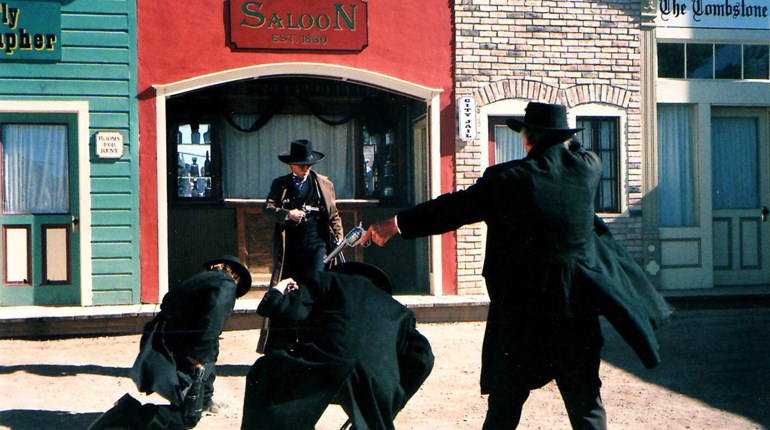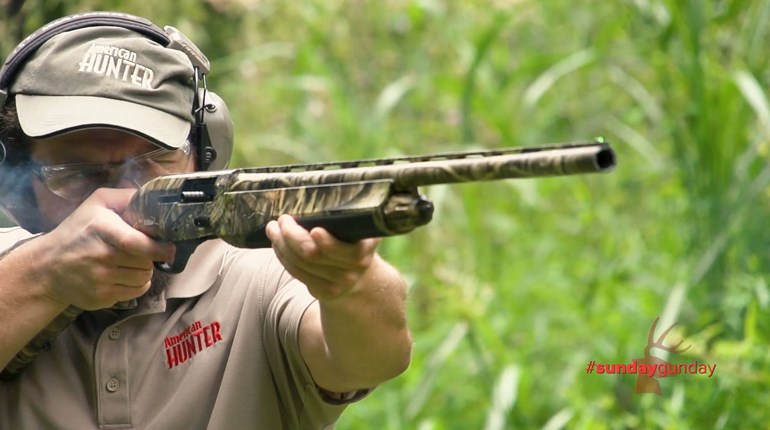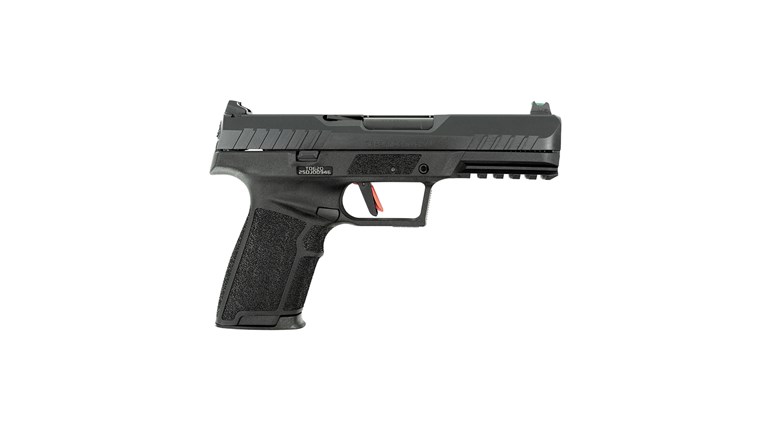
Prologue
It all began with a fire in the ovens of the shop of Thomas Farriner, King Charles II’s appointed baker, in London’s Pudding Lane, on Sunday, Sept. 2, 1666. The wind-driven flames quickly spread, running amok for three days until finally extinguished, leaving 436 acres of the great city—including 13,200 houses, 87 parish churches and St Paul’s Cathedral—a smoldering ruin. Nearly 90 percent of the city’s inhabitants were made homeless by the blaze. London, which had just begun to recover from the Great Plague of 1665, the last widespread outbreak of bubonic plague in England, was dealt a terrible blow.
Sir Christopher Wren, Surveyor General to King Charles II and the architect of St. Paul’s Cathedral, was commissioned by the King to supervise the rebuilding which took the better part of the next decade to complete.
Part of the project was to be a permanent memorial of the Great Fire. He called upon his friend Dr. Robert Hooke, natural philosopher, architect and polymath, to provide a design for a colossal Doric column to commemorate the Great Fire. The Monument, as it is commonly known, is 202 feet tall, the exact distance between it and the site of Farriner’s Bakery.
More importantly to the shooting community, The Monument served as the model for a shooting challenge trophy. Lord Charles Cheers Wakefield, Baron Wakefield of Hythe, a member of The SMRC’s governing council, gifted it to the Society of Miniature Rifle Clubs (SMRC), now the National Small-bore Rifle Association of Great Britain (NSRA) in 1933.
It was perhaps fitting that Wakefield was Baron Wakefield of Hythe, because that pleasant village in Kent was the site of the British Army’s School of Musketry from 1853, until it moved to Waterloo Lines, Warminster, Wiltshire, in 1969.
The Wakefield Trophy Finds A Home
The Wakefield Trophy was designated as the prize in 1933 for the winner of a 40-shot prone postal event between Great Britain and Sweden. That relationship was so strong that the plate at the base of the trophy is engraved, “For annual small-bore team competition between Great Britain and Sweden” in both languages.
In its original format, 10 riflemen shot eight five-shot strings prone, five minutes per string, using .22 rifles with metallic sights for an aggregate score of 4000. The match ran continuously from 1933 to 1984, with the exception of the years that Great Britain was involved in World War II (1939-45), as Sweden stood by as a neutral power, more or less.
Part 2 of our history on the Wakefield Trophy Match is coming soon. Subscribe to the free Insider newsletter for the latest updates.
Read more: History Of U.S. Participation In The Interallied Smallbore Rifle Team Match

































